Hagia Sophia, located in Istanbul, Turkey, is one of the most iconic architectural marvels in the world. With its massive dome, striking minarets, and rich history that spans over 1,500 years, this ancient building is not only a symbol of architectural prowess but also a site steeped in spiritual and cultural significance. What makes Hagia Sophia even more intriguing are the countless weird and fascinating facts surrounding it—stories of mystery, symbolism, and transformation. This article delves into some of the most peculiar facts about Hagia Sophia, revealing the layers of history, legend, and unusual occurrences that make this building so remarkable.
1. The Changing Role of Hagia Sophia

One of the most bizarre aspects of Hagia Sophia is its ability to transform and adapt to different religious and political contexts. Originally built as a Christian cathedral by the Byzantine Emperor Justinian I in 537 AD, it was the largest cathedral in the world for nearly 1,000 years. However, when the Ottomans conquered Constantinople in 1453, Sultan Mehmed II converted it into a mosque, adding minarets and Islamic features. This sudden transformation from a Christian to an Islamic place of worship left many unique architectural features, such as Christian mosaics and Islamic calligraphy, coexisting within the same space.
The building’s transformation didn’t stop there. In 1935, after the founding of the modern Turkish Republic, Hagia Sophia was secularized and turned into a museum by Mustafa Kemal Atatürk. For nearly 85 years, it remained a museum, symbolizing the cultural and religious diversity of Turkey. However, in a controversial move in 2020, it was once again converted into a mosque. This constant shifting of religious identity makes Hagia Sophia a truly unique site, embodying the complex history of Istanbul itself.
2. The Mysterious Weeping Column
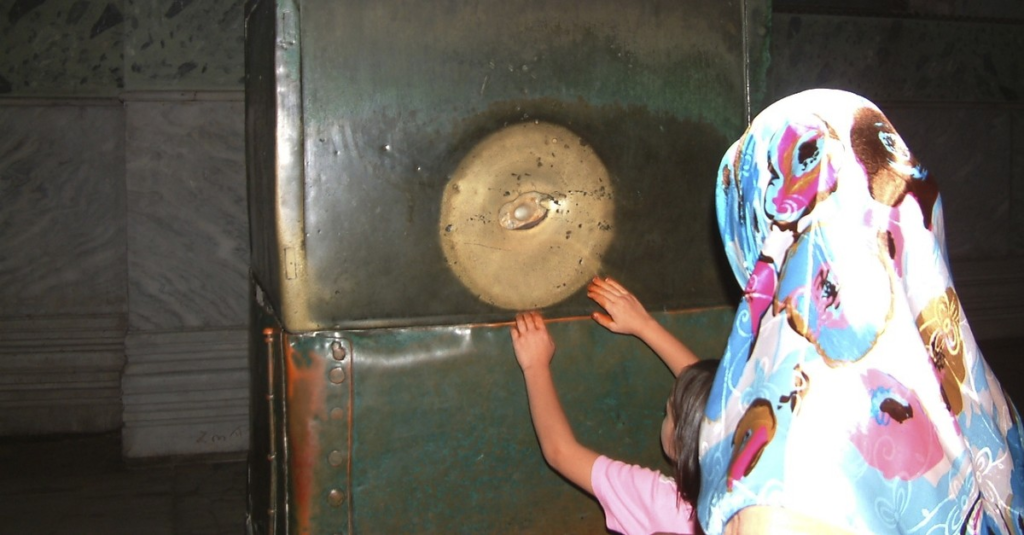
One of the strangest features inside Hagia Sophia is the so-called “Weeping Column,” also known as the “Sweating Column” or “Column of St. Gregory.” The column is made of marble and has a small hole in it, where visitors can place their thumb. According to legend, if you rotate your thumb while it is inside the hole, and it comes out wet, your wishes will be granted. This phenomenon has puzzled scientists and historians alike, as the column often appears to be moist, even in the absence of any obvious source of water.
Some believe the moisture is a form of condensation due to temperature changes within the massive structure, while others think it could be linked to underground water sources. The supernatural explanation, however, remains the most popular among visitors, who flock to Hagia Sophia to experience the column’s mystical powers. This “weeping” column is just one of many elements that contribute to the mysterious aura of Hagia Sophia.
Read also: Top 6 Best Cities to Visit in Spain
3.Christian Mosaics Beneath the Islamic Decor
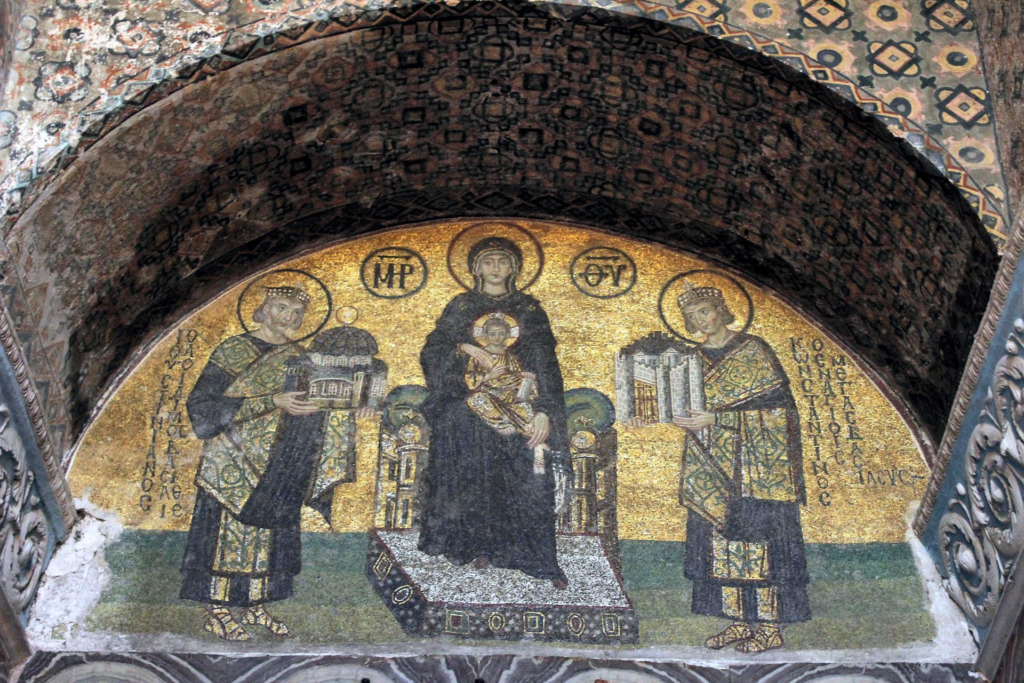
When Hagia Sophia was converted into a mosque by the Ottomans in the 15th century, the Christian mosaics that adorned its walls were not destroyed, as one might expect. Instead, they were simply covered with plaster or paint to hide them. These mosaics remained hidden for centuries, and it wasn’t until the 20th century, during the building’s transition to a museum, that they were uncovered and restored.
Among the most famous mosaics is the Deesis mosaic, which depicts Christ Pantocrator alongside the Virgin Mary and John the Baptist. This mosaic is considered one of the finest examples of Byzantine art. The weird part? Even today, despite Hagia Sophia being a mosque again, the Christian mosaics are still visible to visitors, coexisting with Islamic symbols like the mihrab (the niche indicating the direction of Mecca) and large calligraphic panels bearing the names of Allah and the Prophet Muhammad. This fusion of two major world religions within the same space is not only rare but also strikingly symbolic of the building’s complex history.
4. The Mysterious Sounds of Hagia Sophia
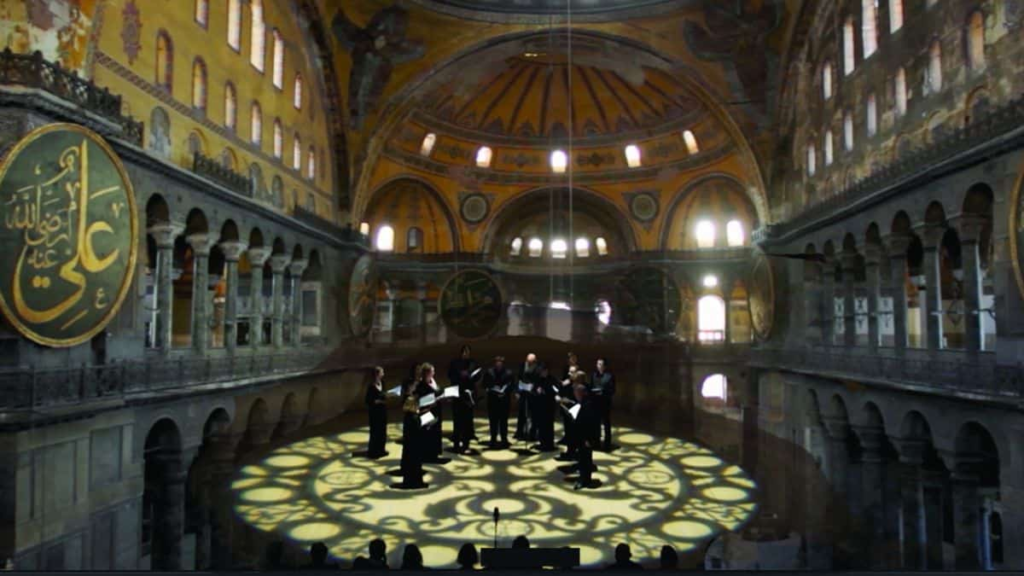
There have been numerous reports over the years of strange sounds heard within Hagia Sophia, particularly during the night when the building is mostly empty. These sounds include footsteps, whispers, and even what some describe as angelic singing. While these could easily be dismissed as echoes or the natural creaking of the ancient structure, the stories persist and have become part of the legend of Hagia Sophia.
Some attribute these sounds to the acoustics of the building, which were intentionally designed to enhance the auditory experience during religious ceremonies. The massive dome and unique architectural design create a reverberation effect that can amplify even the smallest noise, giving rise to eerie sounds. Others believe these sounds are connected to the building’s spiritual energy, a result of the many centuries of religious worship that have taken place there.
5. Did Aliens Help Build Hagia Sophia?

As with many ancient structures, there are conspiracy theories surrounding the construction of Hagia Sophia. One of the most bizarre theories is that the building’s design was so advanced for its time that it must have been aided by extraterrestrial beings. The sheer scale of the dome, which remained the largest in the world for over 1,000 years, and the innovative techniques used to construct it, have led some to speculate that human knowledge alone couldn’t have achieved such a feat.
Of course, historians credit the architectural genius of Isidore of Miletus and Anthemius of Tralles, the two Byzantine architects who were commissioned by Emperor Justinian I to design Hagia Sophia. They employed innovative techniques, such as using lightweight materials in the construction of the dome and placing it on a series of pendentives (triangular sections that help distribute the weight). These methods were ahead of their time, but they were entirely within the realm of human ingenuity—no aliens needed.
6. The Earthquake-Proof Design

Another strange and fascinating aspect of Hagia Sophia is its ability to withstand earthquakes. Istanbul, located on the North Anatolian Fault, is prone to frequent and often severe earthquakes. Over the centuries, Hagia Sophia has endured multiple tremors, some of which have caused damage, but the structure has remarkably remained standing.
Architectural studies have shown that the materials used and the way the building was constructed helped it absorb the shock of earthquakes. The use of flexible mortar and the large dome’s design, which distributes weight evenly, are key factors in its resilience. Despite being over 1,500 years old, Hagia Sophia continues to stand tall, defying natural disasters that have leveled many other buildings of its age.
Keep reading: All what you need to know before visiting spain
7. The Legend of the Angelic Guardians
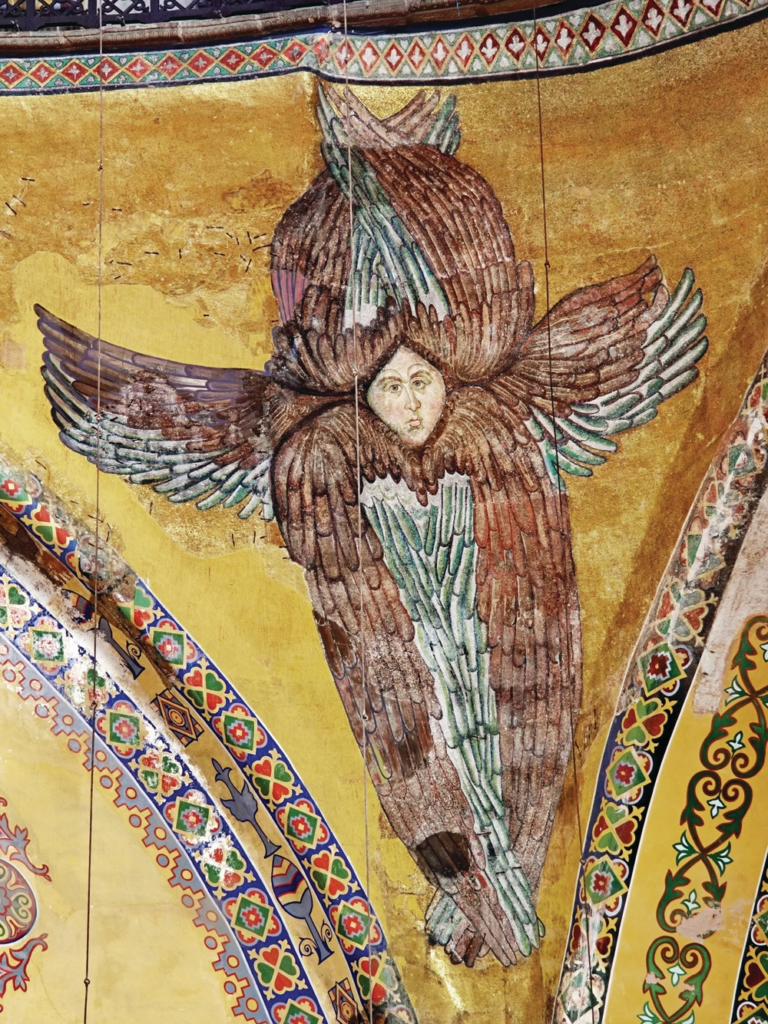
Another legend tied to Hagia Sophia is that of the angelic guardians who are said to protect the building. According to one story, during the Ottoman siege of Constantinople in 1453, an angel appeared to a group of Byzantine priests and told them to leave Hagia Sophia and hide its sacred treasures. The angel promised that the treasures would be protected until the day when Hagia Sophia would be returned to Christian hands.
This legend persists among some Christian communities, and the idea of angelic guardians watching over the building adds to its mystique. Some visitors even claim to have seen ghostly figures or lights near the building, which they interpret as signs of these angelic protectors. Whether you believe in these supernatural stories or not, they contribute to the rich tapestry of myths and legends surrounding Hagia Sophia.
8. The Dome: A Symbol of Heavenly Power
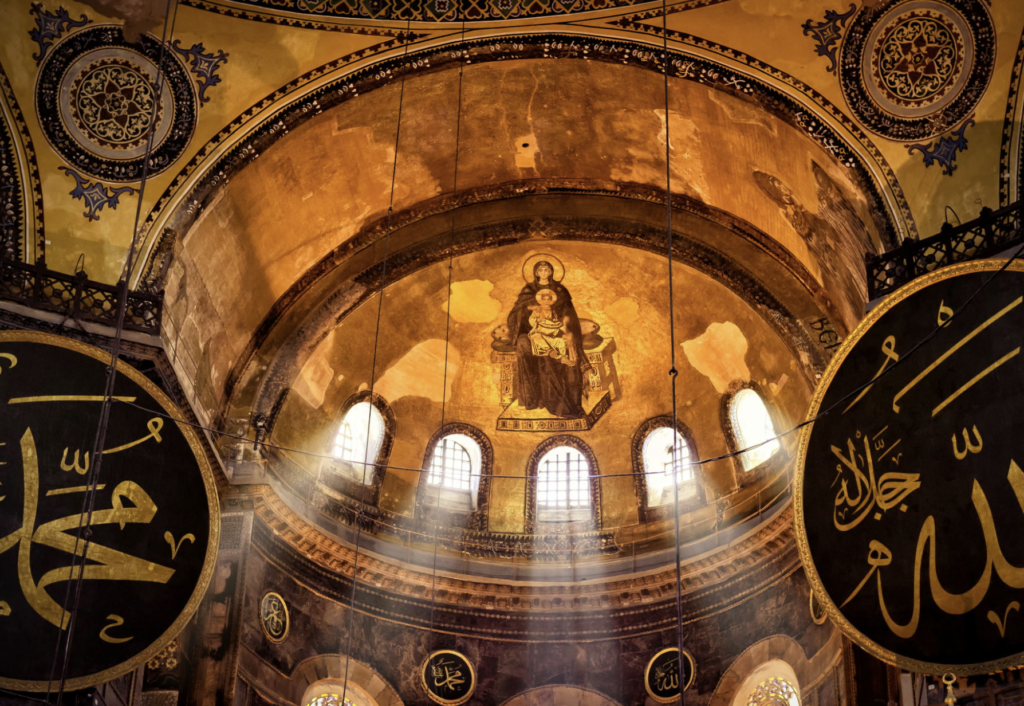
The massive dome of Hagia Sophia is more than just an architectural achievement—it is a symbol of divine power. When it was completed in the 6th century, the dome was unlike anything that had been built before. Its sheer size and the way it seemed to float above the nave gave the impression that the heavens were hovering just above the heads of worshippers. This effect was intentional, as the architects wanted to create a sense of awe and wonder in those who entered the building.
The dome’s size and shape have inspired countless other buildings, including the famous Blue Mosque in Istanbul and even St. Peter’s Basilica in Vatican City. Despite its age, the dome of Hagia Sophia remains an architectural wonder, symbolizing the connection between the earthly and the divine.
9. The Hidden Symbols and Pagan Connections

Before Hagia Sophia was a Christian cathedral, the site it was built on had pagan significance. Some believe that remnants of these pagan traditions are still hidden within the structure of the building itself. For example, some of the columns used in the construction of Hagia Sophia were repurposed from earlier pagan temples, and there are reports of hidden symbols and carvings that point to pre-Christian religious practices.
One such symbol is the omphalion, a circular design on the floor of Hagia Sophia where Byzantine emperors were once crowned. Some believe this design has roots in ancient pagan rituals related to the center of the world, or “navel of the earth,” adding another layer of mystery to the building’s history.
10. The Curse of Hagia Sophia
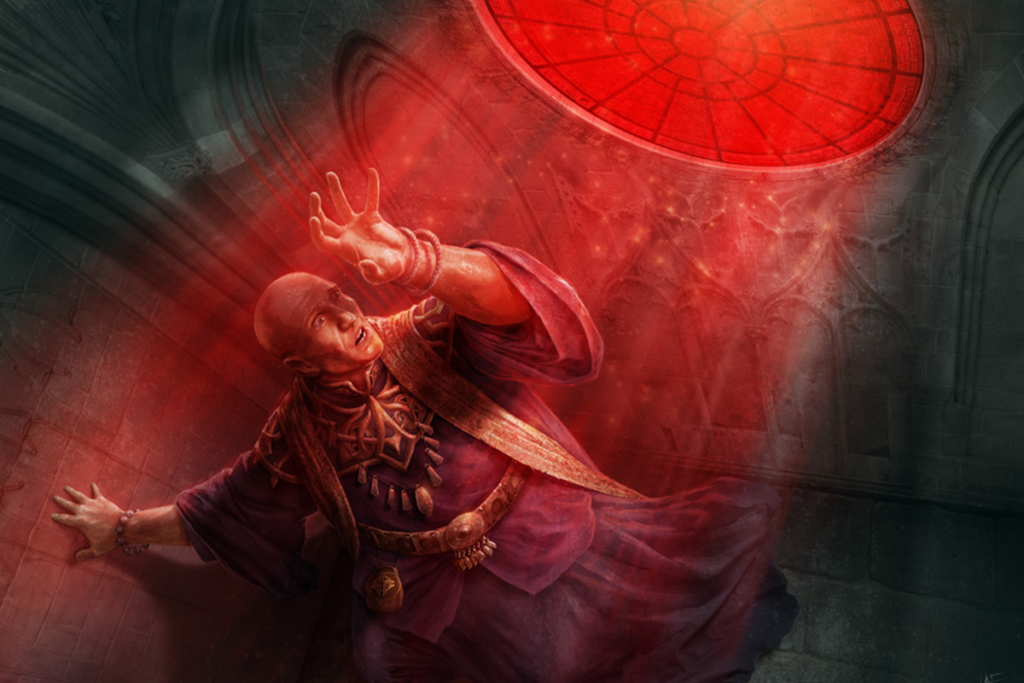
Lastly, one of the strangest and most eerie aspects of Hagia Sophia is the belief that the building is cursed. Some say that ever since its conversion from a church to a mosque, and later to a museum, a curse has hung over those who attempt to change its purpose. This curse is said to bring bad luck or misfortune to those who tamper with the building’s sacred nature.
Whether rooted in superstition or historical coincidence, the “curse” of Hagia Sophia has added to the intrigue and mystique of this already mysterious building.





